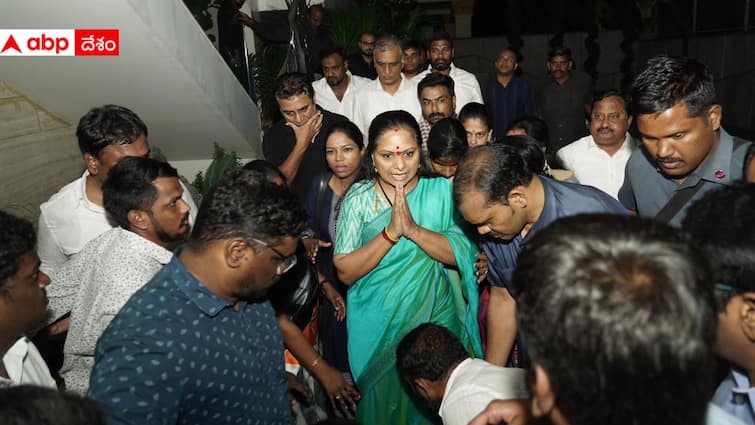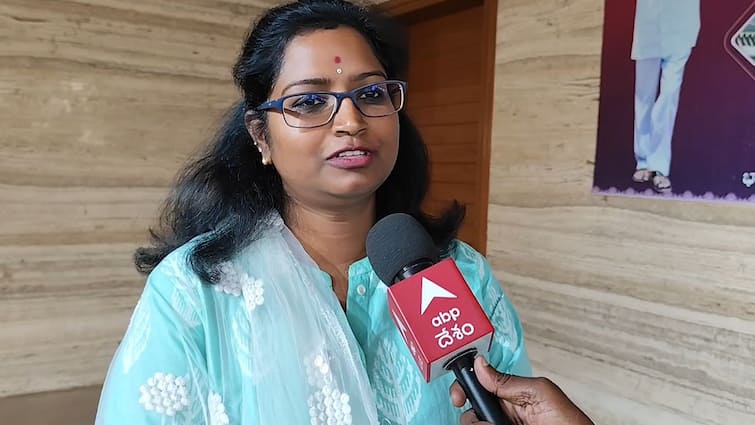Warangal Information: The glory of Kakatiya Empire, Kakatiya Tower is a logo of glory. Kakatiya Toranam (Kalatoranam) is seen as a logo of the cultural and creative wealth of the Kakatiya interval. It’s thought-about because the glory tower of Kakatiyas. However everybody thinks that that is only a proof of the craftsmanship of the time. However the historical past of Kakatiyas is hidden behind this arch.
The glory of the Kakatiyas
Warangal was the middle of the Kakatiyas who dominated for a very long time. Rani Rudhrama Devi (Rudhrama devi) is a tribe, and the combating spirit of Rudhrama Devi has gone down in historical past. The chain ponds and ponds dug by them are the principle sources of agriculture and ingesting water in Telangana even in the present day. The Kakatiyas constructed inscriptions, stones and gopurams in order that the earlier generations might boast of their glory. Together with a thousand-pillared temple, an arch was constructed that stands as the pinnacle of the Kakatiya Empire. Constructed across the twelfth century, this stone arch continues to be intact and displays their glory.
This Kakatiya Toran, which was constructed because the entrance door of their fort in Warangal, exhibits the greatness of the Kakatiyas. Because the Kakatiya kings have been devotees of Shiva, Rudraksha on the pillars regarded like garlands. As well as, a picture of Kubera was carved on the pillars as a proof of the Kakatiya Empire’s financial prosperity. One other function is that seven kalashas are carved within the middle of the highest of the 4 pillars. On both aspect of the arch are roaring lions. These are seen as a logo of the management of the Kakatiyas. On the high of the arch there are sculptures resembling crocodiles and elephants that are proof of the safety system of the Kakatiyas. Stunning swans seem on the finish. These exemplify the message of equality within the Kakatiya Empire, that everybody is equal within the kingdom.
Stable development
Earlier than the development of the Kakatiya Toranam, a pit was dug to a depth of three and a half meters and two granite slabs have been positioned on it after including tremendous sand. Every granite slab weighs 5.43 tons. Two holes have been made on every of those granite slabs and 4 pillars have been erected in them. Every pillar weighs about 30 tons. Sand was positioned beneath the arches of the Kakatiyas and stone slabs have been positioned on them. They have been lined with mud in order that they might not be seen. That is why we solely see the pillars…however not the granite slabs beneath them. Two swans face one another on the arch. This can be a proof of the clear governance of the Kakatiyas. Every swan weighs as much as one ton. Kakatiyas constructed many temples. As an indication of this, the pillars of the temple have been additionally carved on the arch.
The sword-like a part of the Dimmell organized on 4 pillars depicts grain constellations as a logo of fine harvests. Within the center, creepers and plant wealth are carved and these stand as a logo of the surroundings. The 4 pillars of the arch have been positioned on them in three rectangles in order that they stand nonetheless. Linked between the 2. To assist the arch, 4 pillars and hyperlinks have been organized between the stones positioned on them. Holes have been drilled on the 4 pillars and the higher stone was formed to slot in them. The Kakatiyas didn’t use any lime-like substance between the stones of the arch. The identical methodology was adopted like placing strain on a stone block and inserting one other massive stone block on high of it. That’s the reason they continue to be intact. The Tughlaqs attacked the Kakatiya Empire and destroyed their buildings, temples and sculptures however didn’t go close to the arches. Historians say that one of many causes is that they’re sturdy.
See extra

Mandava Sai Kumar is Film Director and Actor and Producer and Youtuber and Film Pro and Founder of MSK Films and Times of Andhra 2016 All Rights Reserved Times of Andhra is Telugu News Websites Founded in 2016 in India Hyderabad













